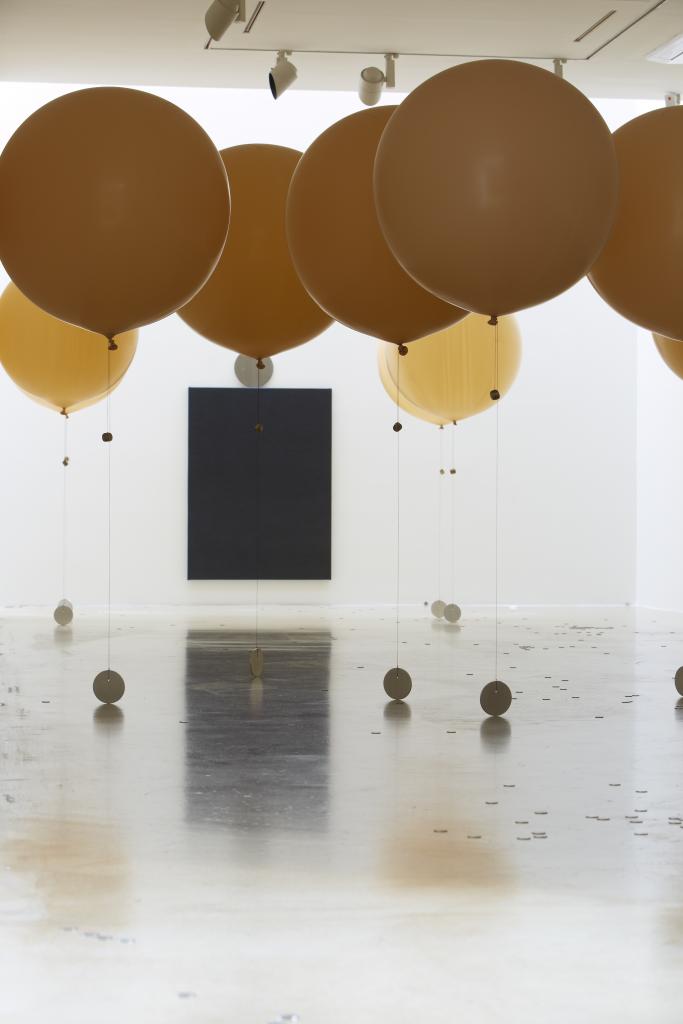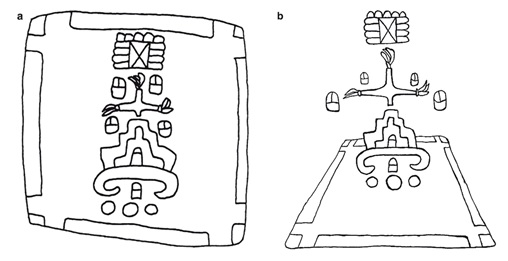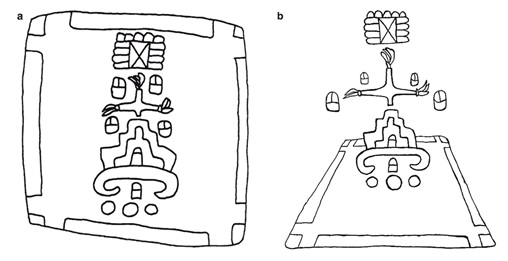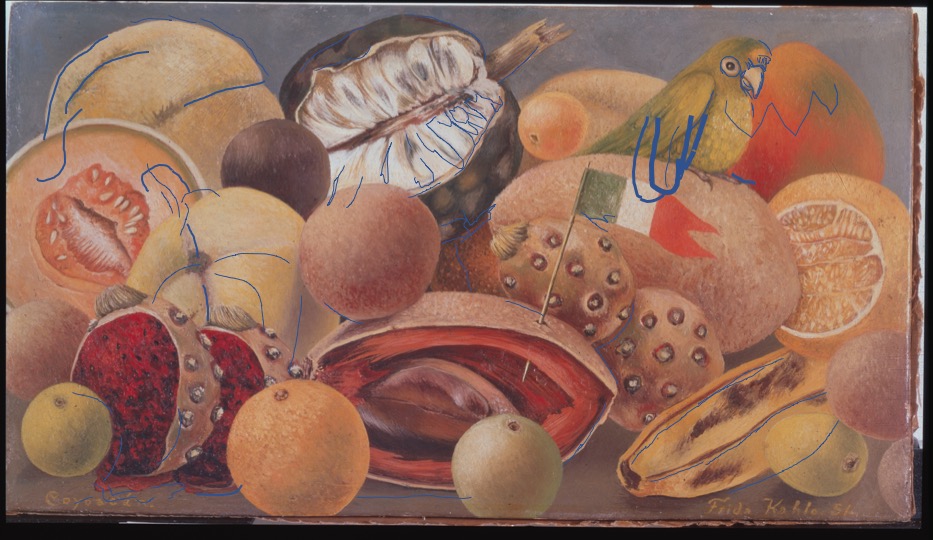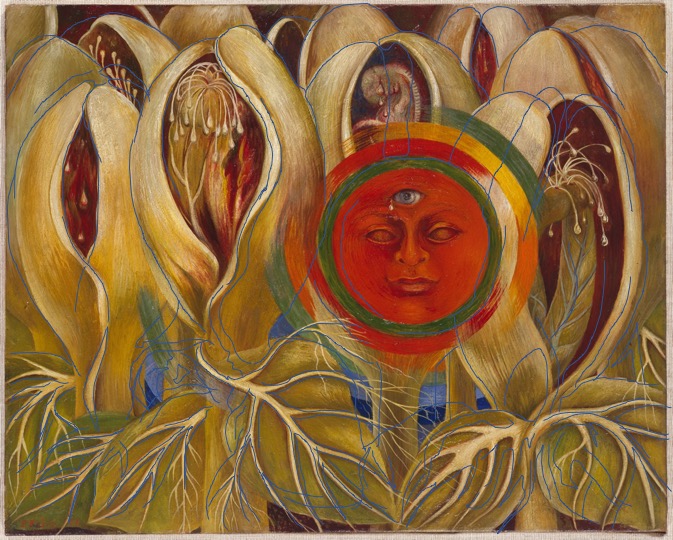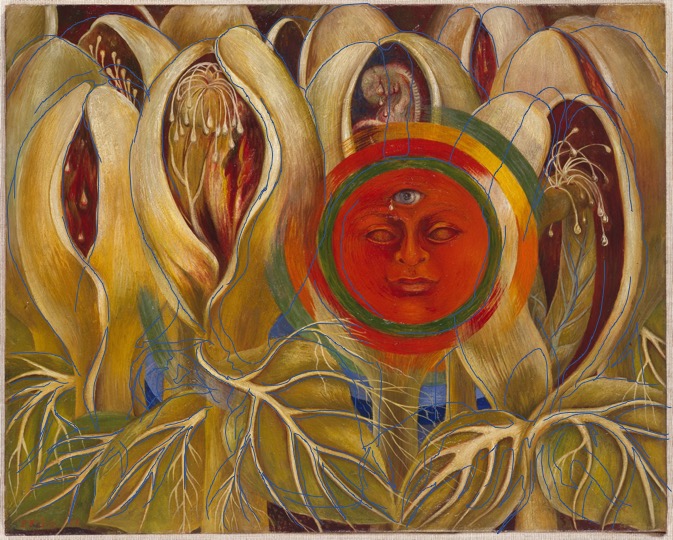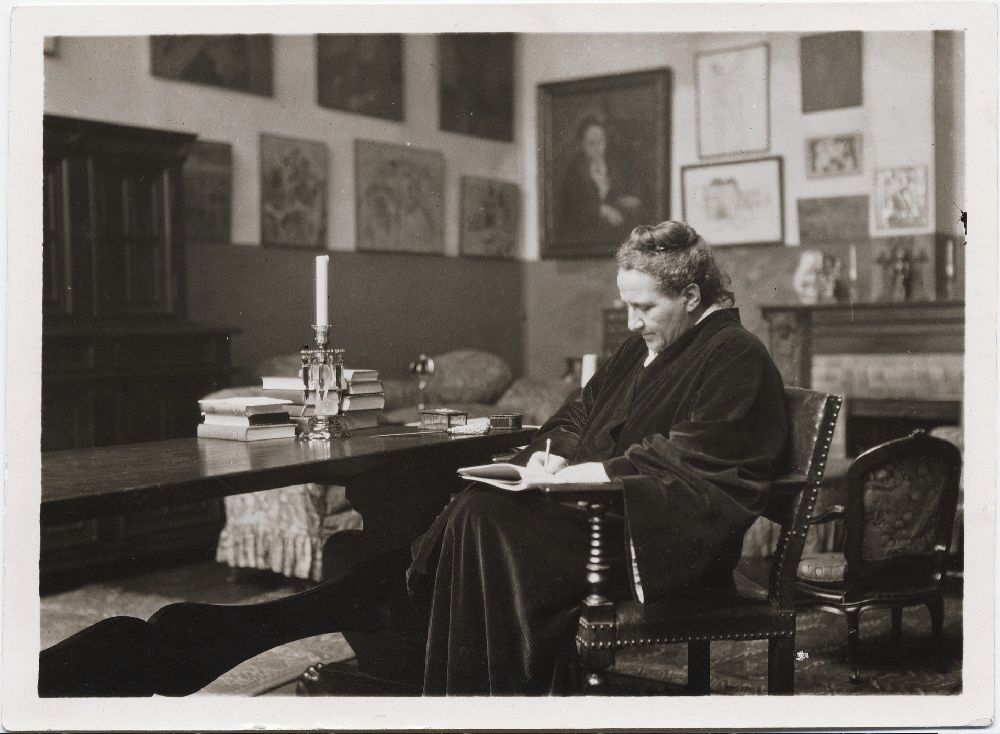The DMA’s Concentrations exhibition series has been a distinguished project-based platform primarily for emerging artists, exhibiting the artist’s first museum solo show or debut of a recent body of work. Renowned artists such as Kiki Smith (Concentrations 20, 1989), Mariko Mori (Concentrations 30, 1997), Charline von Heyl (Concentrations 48, 2005-2006), and Slavs and Tatars (Concentrations 57, 2014) had their first U.S. museum solo shows through Concentrations. Established in 1981 to replace the Texas Exhibition of Painting and Sculpture annual juried competition, Concentrations was an ambitious new contemporary art program started when the DMA moved from Fair Park to its downtown location. Originally planned to run for five years when it launched in 1981, Concentrations this year celebrates its 40th year anniversary and has presented 63 artists. Over its four decades, the series mirrors the development of the museum’s contemporary art program and its commitment to living artists.
Contemporary art at the DMA began to seriously develop in the 1970s under its first curator Robert Murdoch, and Concentrations functioned as the main exhibition program for it. In the series’ first decade more than twenty Concentrations exhibitions, about one-third of the total series’ history, were organized by then-curator Sue Graze. Texas artists, especially those in DFW, were prominently featured in about half of the first ten years of Concentrations shows, including Nic Nicosia (Concentrations 13, 1986), Bert Long (Concentrations 18, 1988), and Celia Álvarez Muñoz (Concentrations 26, 1991).
After its first ten years, Concentrations was temporarily replaced from 1992 to 1995 with Encounters. Structured as two one-person shows of a Texas-based artist and a national or international based one, it was designed as its press release read to solve the “closed circuit art world” in Texas. The dialogue between the accumulative practices of Damien Hirst and Tracy Hicks (Encounters 5, 1994) was one memorable juxtaposition. When Concentrations resumed in 1996, it shifted to presenting national and international artists due to the increased decentralization of the art world and a rapid expansion of contemporary art programming at the DMA in the late 1990s and 2000s. Since 2005, Concentrations has introduced international artists such as Scotland-based installation artist Jim Lambie (Concentrations 47, 2005), Puerto Rico-based multimedia artists Jennifer Allora and Guillermo Calzadilla (Concentrations 50, 2007), and South Korea-based installation artist Chosil Kil (Concentrations 58, 2015).
Most importantly, Concentrations afforded artists recognition and visibility at a major museum during a pivotal moment in their practice and career. For half of the artists in Concentrations’ history, their show at the DMA marked their first U.S. museum solo exhibition. An artist’s Concentrations show also often gave them exposure to a wider audience, such as for Maki Tamura (Concentrations 40, 2002). After seeing her show, a board member of the Seattle Art Museum recommended her to their museum’s curator, who then invited Tamura to create an installation in Seattle. Wanda Koop (Concentrations 62, 2019), who has had a well-established 40-year career in Canada, gained international attention after her DMA show and was invited to do shows in Europe as well as the US. Even exhibition elements, such as the brochure publication that accompanied each Concentrations show, was especially valuable to young artists since not much writing may yet exist about their work. Annette Lawrence (Concentrations 36, 2000), appreciated the beautiful essay then-DMA curator Charlie Wylie wrote for her show showcasing her new string installations, and included it for a fellowship application that she eventually won.
With the opening of Concentrations 63: Julian Charrière, Towards No Earthly Pole this month, the series remains a strong cornerstone of the contemporary art program at the DMA. We look forward to continuing to present and support the work of the brightest artists of our times.
Vivian Li is the Lupe Murchison Curator of Contemporary Art at the DMA

